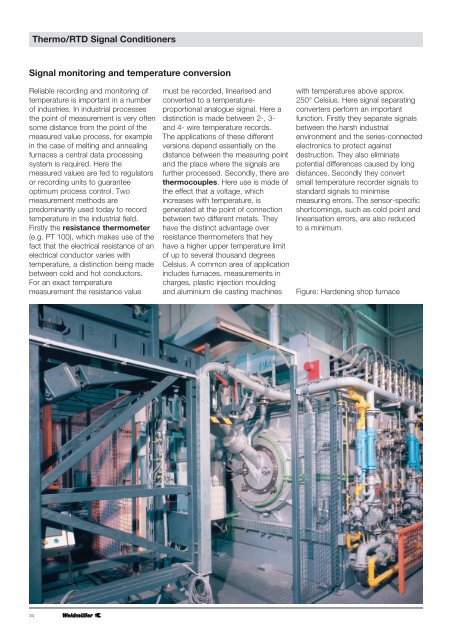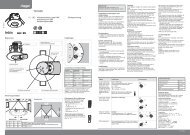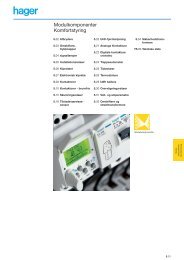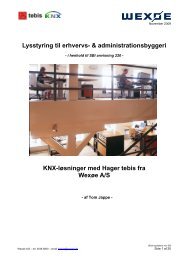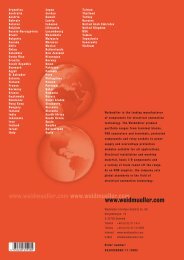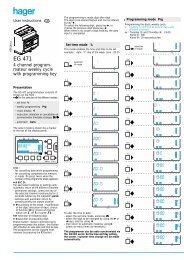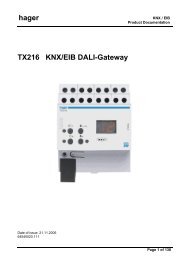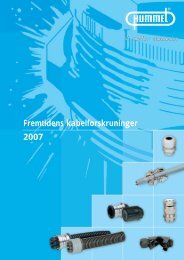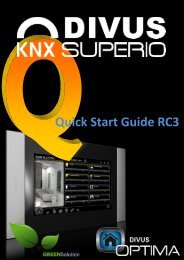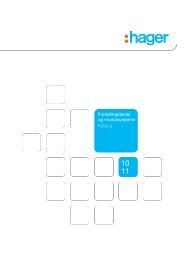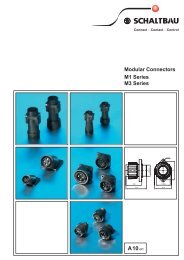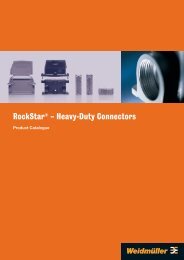analogue signal conditioning waveseries·microseries·mcz-series
analogue signal conditioning waveseries·microseries·mcz-series
analogue signal conditioning waveseries·microseries·mcz-series
Create successful ePaper yourself
Turn your PDF publications into a flip-book with our unique Google optimized e-Paper software.
Thermo/RTD Signal ConditionersSignal monitoring and temperature conversionReliable recording and monitoring oftemperature is important in a numberof industries. In industrial processesthe point of measurement is very oftensome distance from the point of themeasured value process, for examplein the case of melting and annealingfurnaces a central data processingsystem is required. Here themeasured values are fed to regulatorsor recording units to guaranteeoptimum process control. Twomeasurement methods arepredominantly used today to recordtemperature in the industrial field.Firstly the resistance thermometer(e.g. PT 100), which makes use of thefact that the electrical resistance of anelectrical conductor varies withtemperature, a distinction being madebetween cold and hot conductors.For an exact temperaturemeasurement the resistance valuemust be recorded, linearised andconverted to a temperatureproportional<strong>analogue</strong> <strong>signal</strong>. Here adistinction is made between 2-, 3-and 4- wire temperature records.The applications of these differentversions depend essentially on thedistance between the measuring pointand the place where the <strong>signal</strong>s arefurther processed. Secondly, there arethermocouples. Here use is made ofthe effect that a voltage, whichincreases with temperature, isgenerated at the point of connectionbetween two different metals. Theyhave the distinct advantage overresistance thermometers that heyhave a higher upper temperature limitof up to several thousand degreesCelsius. A common area of applicationincludes furnaces, measurements incharges, plastic injection mouldingand aluminium die casting machineswith temperatures above approx.250° Celsius. Here <strong>signal</strong> separatingconverters perform an importantfunction. Firstly they separate <strong>signal</strong>sbetween the harsh industrialenvironment and the <strong>series</strong>-connectedelectronics to protect againstdestruction. They also eliminatepotential differences caused by longdistances. Secondly they convertsmall temperature recorder <strong>signal</strong>s tostandard <strong>signal</strong>s to minimisemeasuring errors. The sensor-specificshortcomings, such as cold point andlinearisation errors, are also reducedto a minimum.Figure: Hardening shop furnace34


